What Do You Mean by Skeleton Frame?
Important Point
A skeleton frame is a framed structure often used for the construction of multi-storey buildings. It incorporates a network, or system, of columns and connecting beams which support the building’s interior floors and exterior walls and carries all loads to the foundations.
There are different types of framed structure that are used in civil construction; among projects, among them, the most commonly used frame structure is a skeleton frame.
In a Frame structure where a connection of columns and beams that support the civil structure is incorporated is known as Skeleton Frame.
The materials used for the construction of Skeleton frames can timber, bamboo, steel and even concrete.
The first time skeleton frame was used in construction was at the end of the 19th century and the start of the 20th After which skeleton frames was used the rapid construction of civil projects, buildings and skyscrapers.
The use of Skeleton Frame helped us in constructing interior floor layouts which can be free of immovable walls.
This lead to the development of using different materials for the construction of facades and giving them more flexible spaces.
Using of a Skeleton Frame had lead to reducing the importance of masonry in civil construction. Masonry, which was used as a structural element, has taken a decorative role due to the use of Skeleton frame.
Also, Read: Fish Ladder | What Is Fish Ladder | Types of Fish Ladder | Fish Ladders in Dams
What Is Building Skeleton?
A building skeleton is a steel frame that is built to support a large skyscraper or building. A building skeleton is made out of metal beams forming vertical columns crossed with steel girders for stability.
Building skeleton structures are formed by riveting together steel support beams and girders. The new floor is signalled where horizontal beam meats the vertical columns.
Using building skeleton in constructions gives you more advantages and benefits than ordinary constructions.
What Is Steel Structure Building?
There are many types of structural techniques used when the construction of a building. When vertical sheet columns and horizontal I-beams of Steel are used as skeleton frames, the building is known as steel structure building.
These columns and beams support the floors and transfer the weight of the whole building to its foundation.
The development of steel structure building technique from the early 19th century to the late 20th century made the construction of the tall building and skyscraper possible.
The most common material used for steel structure building construction is a type of steel called mild steel. Mild steel which is used as the material is solid due to its chemical composition.
The important feature of steel structure building is its flexibility because of the use of mild steel.
Mild steel can bend without cracking due to its molecular arrangements, which is another great advantage, as a steel structure building can flex when heavy force is applied to one side of the building due to wind or an earthquake.
What Is Steel Frame Construction?
Steel frame construction is a durable and reliable method of construction that is used in many civil construction projects.
Steel frame construction is a very cost-effective and sustainable option for low-rise, mid-rise and high-rise building projects.
In a building frame system where the vertical and horizontal structural elements are formed by a system of structural steel beams and columns is referred to as Steel Frame Construction.
Steel frame construction is typically designed, fabricated and erected in accordance with standards developed by the American Institute of steel construction in the United States and the Canadian Standards Association in Canada.
Also, Read: Cantilever Bridge | Cantilever Bridge Advantages and Disadvantages | Cantilever Bridge Facts
Use of Steel Frame Structures
- High rise buildings because of its strength, low weight, and speed of construction.
- Public buildings and Malls because of their ability to create large span spaces at low cost.
- Warehouse buildings because of its strength and its ability to create large-span spaces.
- Residential buildings due to a technique called light gauge steel construction.
Also, Read: How to Calculate Rebar Quantity
Types of Steel Building Construction
Steel building construction has various types which are used in appropriate construction requirements. Steel fabrication is another term of steel construction.
- Conventional Steel Fabrication.
- Bolted Steel Fabrication.
- Light Gauge Steel Construction.
Also, Read: What Is a Low E Glass | Types of Low E Glass | Advantages & Disadvantages of Low E Glass
What Is Steel Beam Construction?
Steel beam construction is the type of construction where steel beams are used for the construction of roof structures and house frames, to secure the structure from harsh weather conditions.
A popular and versatile construction material which is used in steel beam construction is Mild Steel. Constructions of skyscrapers and high rise buildings have been possible due to its strong, flexible and durable nature.
Structural steel which is an important component in steel beam construction, is meant for supporting heavy loads.
This steel product comes in various shapes and sizes from small pieces to large sheets and is used as per the requirement of the civil structure.
Advantages of Steel Beam Construction
- Structural steel that is used in Steel Beam Constructions is recyclable, unlike many other construction materials.
- Structural steel used in making steel beams has a high strength to weight ratio, making it quite durable.
- Structural steel that is used in Steel Beam Constructions has high life expectancy than construction material such as wood because wood is likely to get rotten faster.
- The chemical composition of steel beams used in Steel Beam Constructions makes them resistant to corrosion. It prevents them from causing internal damage that may otherwise affect the durability of the structure.
Also, Read: Difference Between One Way Slab and Two Way Slab | What is Slab
Advantages of Steel Frame
- Structural steel components that are used in steel frames are lighter, stronger and have more tensile strength than wood, bamboo or concrete products.
- Steel frame construction far stronger and more durable than traditional wood frame alternatives due to their molecular properties and arrangements.
- Steel studs that are used in steel frames are available in a variety of sizes and can be fabricated order. This means the steel studs can be cut, bolted and welded to bear the required loads in buildings of all different types and sizes.
- Steel frame constructions are highly resistant to fire, because of the steel components which are made up of metal, which reduces the fire risk to a civil structure and stops the spread of a fire.
- Special flame retardant coatings can be applied over the steel frames to increase fire resistance property of structural steel.
- Mild steel parts that are used in steel frames are immune to the degrading effects of insects and mammals that tend to burrow or dug in the structures, which cause a problem for the wooden framework.
Disadvantages of Steel Frame
- Steel components that are used in steel frames are not known for its warmth, due to its high efficiency in conducting heat.
- One of the benefits of using bamboo or wooden frames and structural components is that their ability to adjust them on site like cutting them down to size, nails hammered in them to strengthen the join and so on.
- This obviously can’t happen with steel that is used in steel frames.
- Steel components used in steel frames are an alloy of iron which makes them susceptible to corrosion.
- Steel components used in steel frames have high maintenance costs because, in order to prevent them from corrosion and structural damage to the structure, painting is done on the steel surface after a certain interval of time.
Building Skeleton
Steel frame is a building technique with a “skeleton frame” of vertical steel columns and horizontal I-beams, constructed in a rectangular grid to support the floors, roof and walls of a building which are all attached to the frame. The development of this technique made the construction of the skyscraper possible.
Steel Structural Building
Structural steel framing is a durable, reliable, cost-effective, sustainable option for low-rise, mid-rise and high-rise building projects and typically refers to building frame systems where the vertical and horizontal structural elements are formed by a system of structural steel beams and columns.
Steel Frame Construction
Steel frame is a building technique with a “skeleton frame” of vertical steel columns and horizontal I-beams, constructed in a rectangular grid to support the floors, roof and walls of a building which are all attached to the frame. The development of this technique made the construction of the skyscraper possible.
Steel Beam Construction
The most common steel member used for building construction is the I-beam, so-called because a horizontal cross-section of the beam resembles an upper-case letter “I.” The beam is also called a joist or girder. … Another name for this type of construction is rigid frame or continuous steel frame.
Advantages of Steel Frame
- Faster Build Time.
- Steel is Eco-Friendly.
- Outstanding Durability.
- Lightweight.
- Lower Costs in the Long Run.
- Incredibly Versatile.
- Hybrids with Other Building Materials.
- Easy Fabrication.
Disadvantages of Steel Frame
- Steel is an alloy of iron. This makes it susceptible to corrosion.
- There are extensive fireproofing costs involved, as steel is not fireproof. In high temperatures, steel loses its properties.
- Buckling is an issue with steel structures.
Skeletal Structure Architecture
A skeleton frame is a framed structure often used for the construction of multi-storey buildings. It incorporates a network, or system, of columns and connecting beams which support the building’s interior floors and exterior walls and carries all loads to the foundations.
Skeleton of a Building
In a building using skeleton construction, a skeleton of steel beams holds the floors, and the interior and exterior walls up. The exterior walls do not support the weight of the building and may be finished in stone, glass, metal or any other material desired.
Building Skeleton
Steel frame is a building technique with a “skeleton frame” of vertical steel columns and horizontal I-beams, constructed in a rectangular grid to support the floors, roof, and walls of a building which are all attached to the frame. The development of this technique made the construction of the skyscraper possible.
Steel Building Skeleton Frame
A steel building skeleton frame, also known as a steel structure or steel frame, refers to the structural framework of a building that is primarily constructed using steel members. Steel frames offer several advantages over traditional building materials like wood or concrete, including strength, durability, and versatility.
Wooden Building Skeleton Frame
A wooden building skeleton frame, also known as a timber frame or wood frame, refers to the structural framework of a building that is primarily constructed using wooden members. Wooden frames have been widely used in construction for centuries and offer several advantages such as cost-effectiveness, sustainability, and design flexibility.
Metal Building Skeleton Frame Design
A metal building skeleton frame, also known as a metal structure or steel frame, is a structural framework of a building that is predominantly constructed using metal components, typically steel. Metal frames offer several advantages over other building materials, including strength, durability, cost-effectiveness, and ease of construction.
Building Skeleton Frame Construction
Skeleton frame A skeleton frame is a framed structure often used for the construction of multi-story buildings. It incorporates a network, or system, of columns and connecting beams which support the building’s interior floors and exterior walls and carries all loads to the foundations.
Prefabricated Building Skeleton Frame
A prefabricated building skeleton frame refers to the structural framework of a building that is constructed using pre-engineered and pre-fabricated components. Prefabricated buildings, also known as modular or off-site construction, involve the manufacturing of building elements in a controlled factory environment and their subsequent assembly on-site. This approach offers several advantages, including faster construction timelines, cost-effectiveness, design flexibility, and improved quality control.
How Is the Skeleton Similar to the Frame of a House?
How is the skeleton similar to the frame of a house? The skeletal system gives your body structure and support like the frame of a house.
Steel Skeleton Frame
A steel skeleton frame, also known as a steel structure or steel frame, refers to the structural framework of a building that is primarily constructed using steel members. Steel frames are widely used in construction due to their strength, durability, and versatility. They are commonly found in a variety of building types, including commercial, industrial, and residential structures.
How Does Your Skeleton Compare to the Steel Framework of a Skyscraper?
Protects spinal cord and supports body. How does your skeleton compare to the steel framework of a skyscraper? It supports and shapes the body. Why do bones of older people break more easily than in those of a younger person?
Which of the Following Describes What Takes Place in the Skeleton Construction of a Building?
The construction of a building’s skeleton refers to the process of creating the structural framework that provides support and stability to the entire structure. It involves the assembly and installation of the primary structural elements that form the building’s framework. This skeleton construction lays the foundation for the subsequent steps in the building construction process.
Skeleton Frames Are Normally a Series of What Type of Frame?
A skeleton steel frame is made from a series of columns and steel beams which are all connected together. Around the structure’s perimeter, spandrel beams are installed to support masonry walls.
Steel Frame Structure Examples
8 famous steel structures
- Beijing National Stadium, Beijing.
- Empire State Building.
- Sydney Harbour Bridge.
- Burj Khalifa, Dubai.
- Brooklyn Bridge.
- Taipei 101 Tower in Taiwan.
- Shun Hing Square Tower, Shenzen.
- Willis Tower, Chicago. Chicago’s Willis Tower, formerly known as the Sears Tower, is a remarkable structure to look at.
Metal Building Construction Type
Type II — Non-combustible with 1-Hour Fire Resistance
All building materials, including interior walls, framing, floors, roofing, and exteriors, are made of non-combustible materials such as metal and concrete block.
Types of Metal Building Construction
- Plain Carbon Steel Or Mild Steel. This is the most common type of steel used in building construction, known as plain-carbon steel or mild steel.
- Rebar Steel Commonly known as reinforcing steel, this type of steel is used as a tension device for reinforced concrete or reinforced masonry structures.
- Structural Steel.
Like this post? Share it with your friends!
Suggested Read –
- Parts of Building
- Process of Constructing a Building
- Building Materials Calculator Excel
- What Is Plaster | Requirement of Good Plaster | Types of Plasters
- What Is Plumbing Joint | Types of Plumber Joint | Different Types of Pipe Joints and Where Are Use
- What Are Columns | Different Types of RCC Columns | Round Column Vs Square Column | Pillar Vs Column
- What Is Canal | Classification of Canals | What Is Perennial Canal | Advantages & Disadvantages of Canal Irrigation
- What is Waffle Slab| Waffle Slab Details | Advantages & Disadvantages Waffle Slab | Waffle Slab Design | Construction of Waffle Slab
- Calculator for Cutting Length of Stirrups | Cutting Length of Rectangular Stirrups | Cutting Length of Square Stirrups | Cutting Length of Circular Stirrups | Cutting Length of Helical Stirrups | Cutting Length of Diamond Stirrups
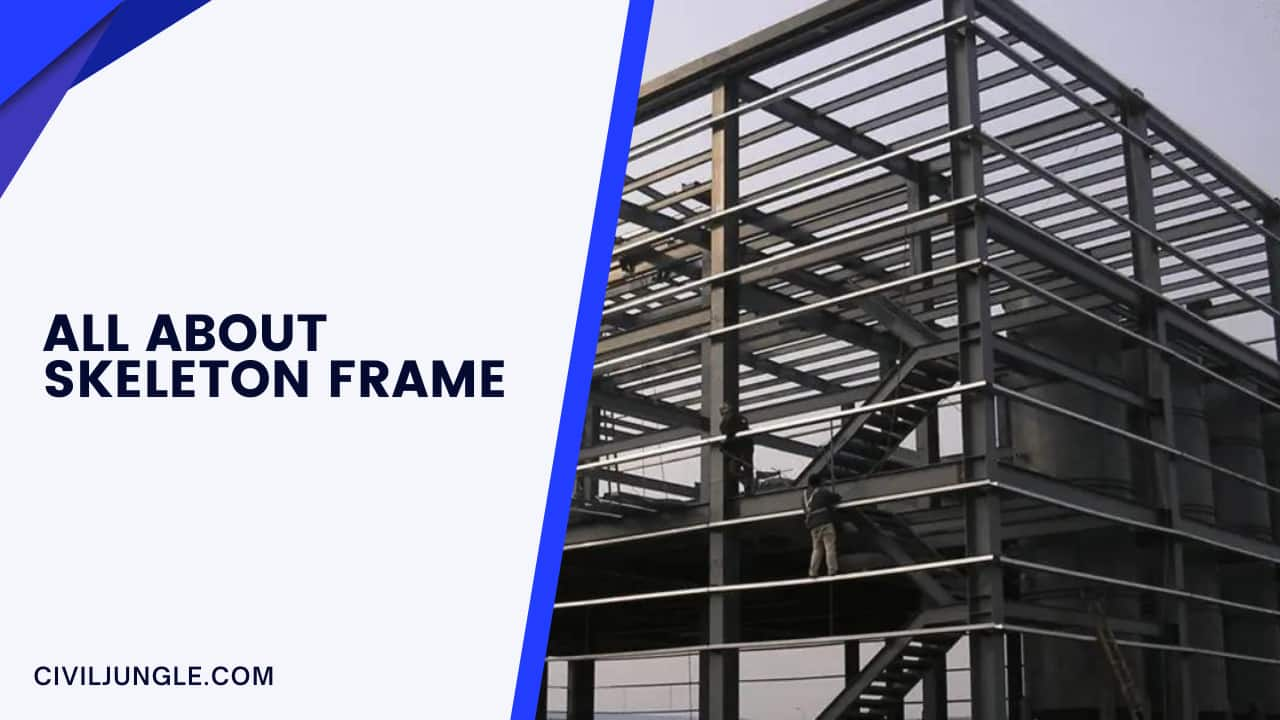
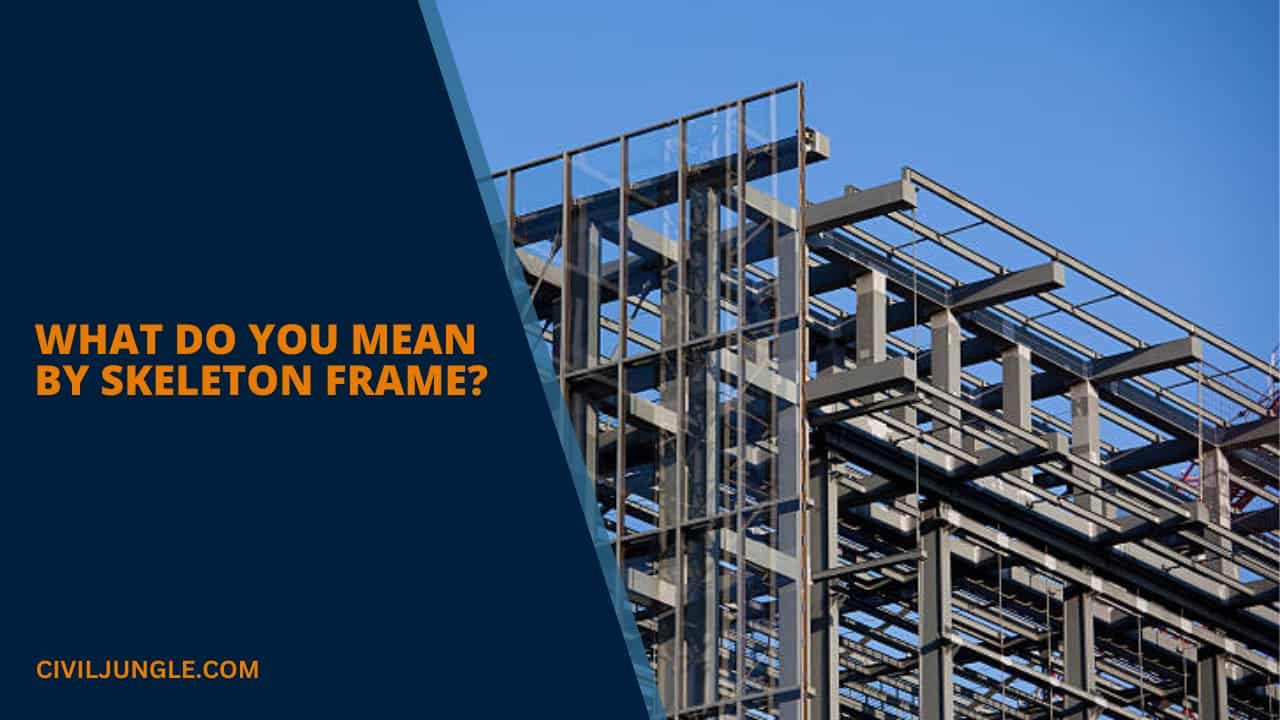
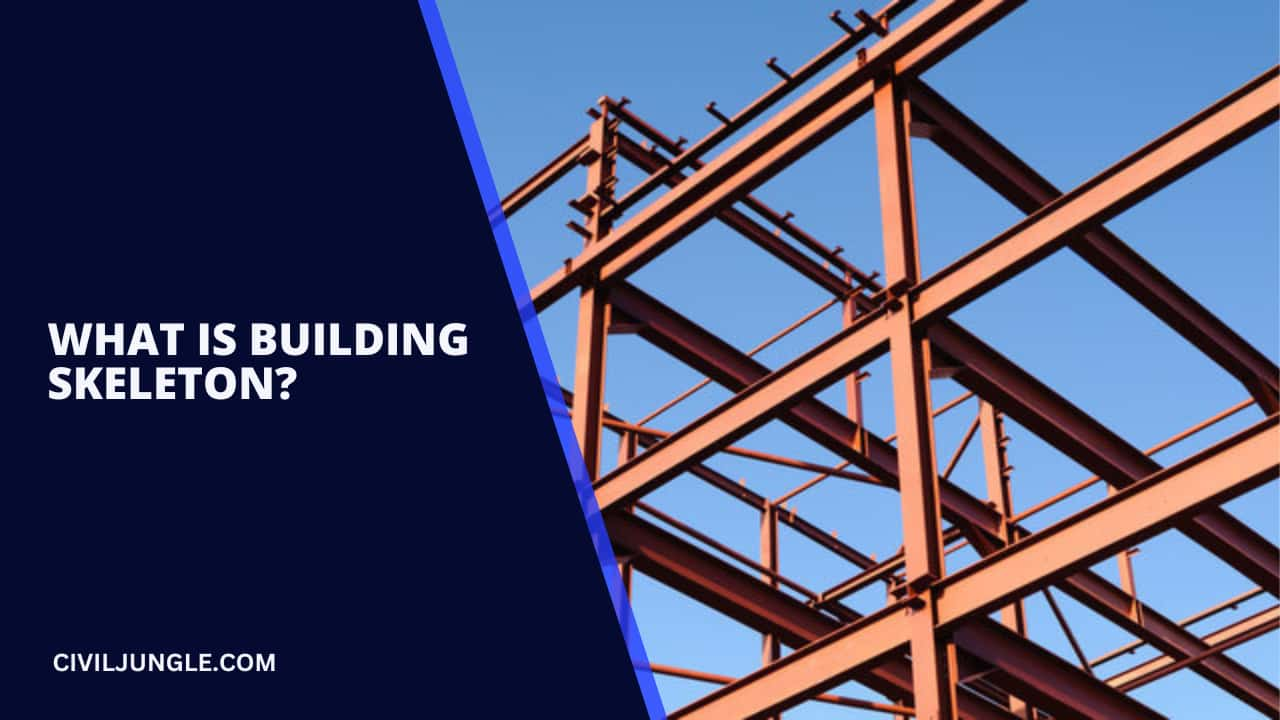
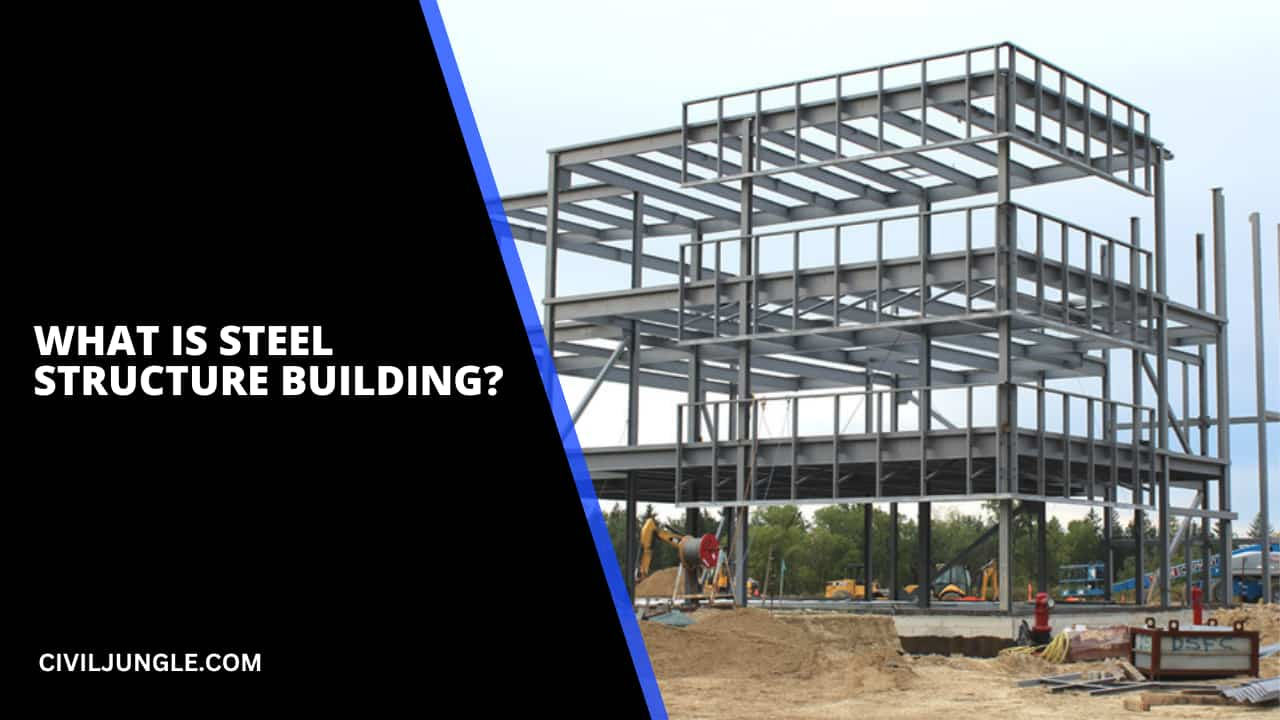
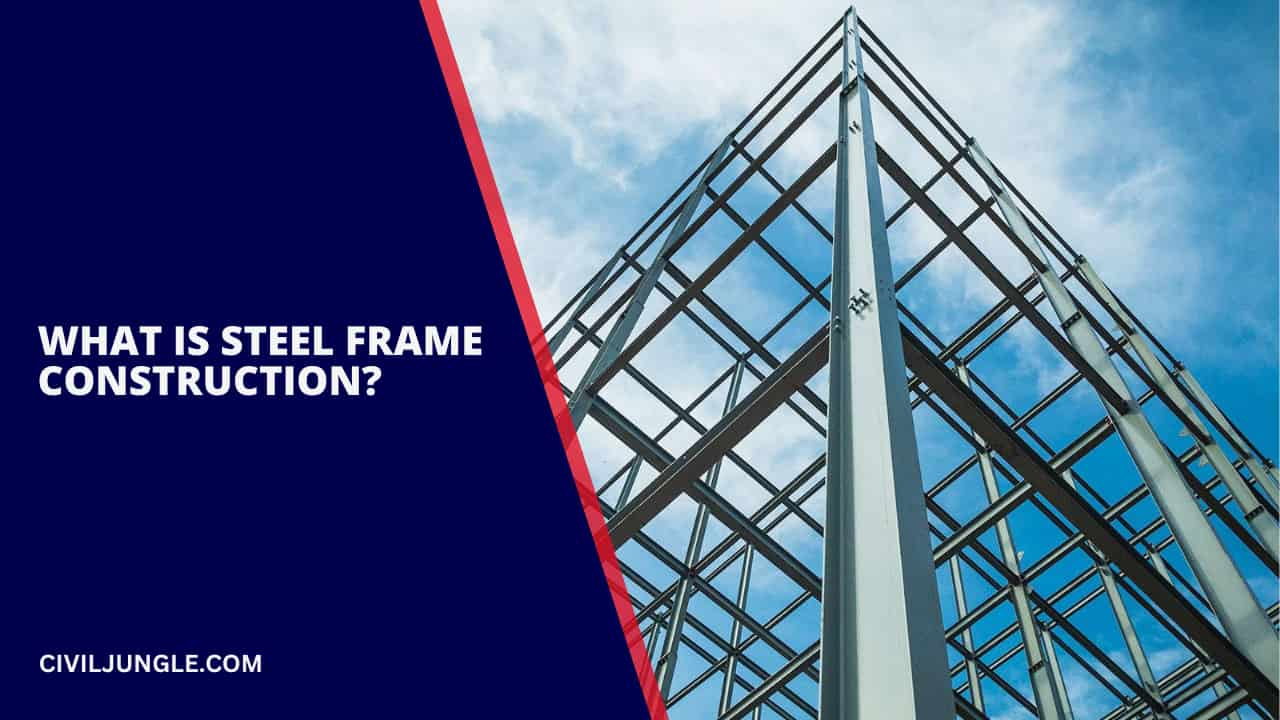
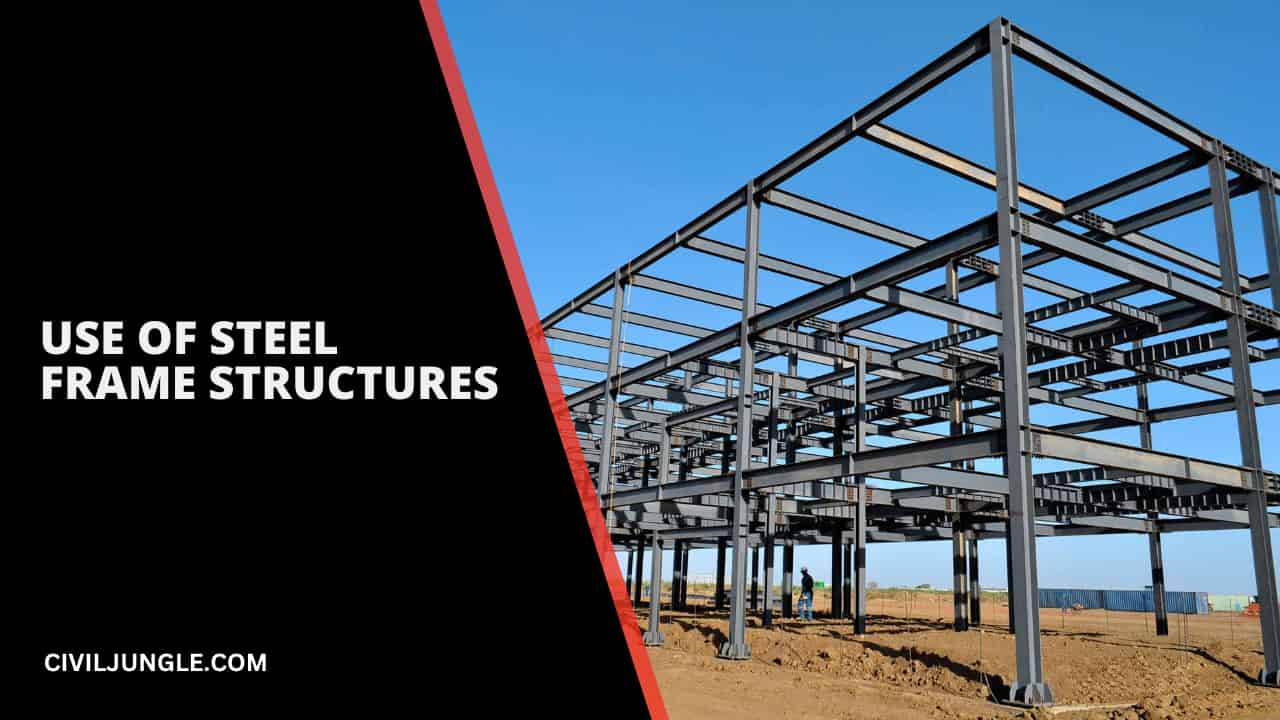
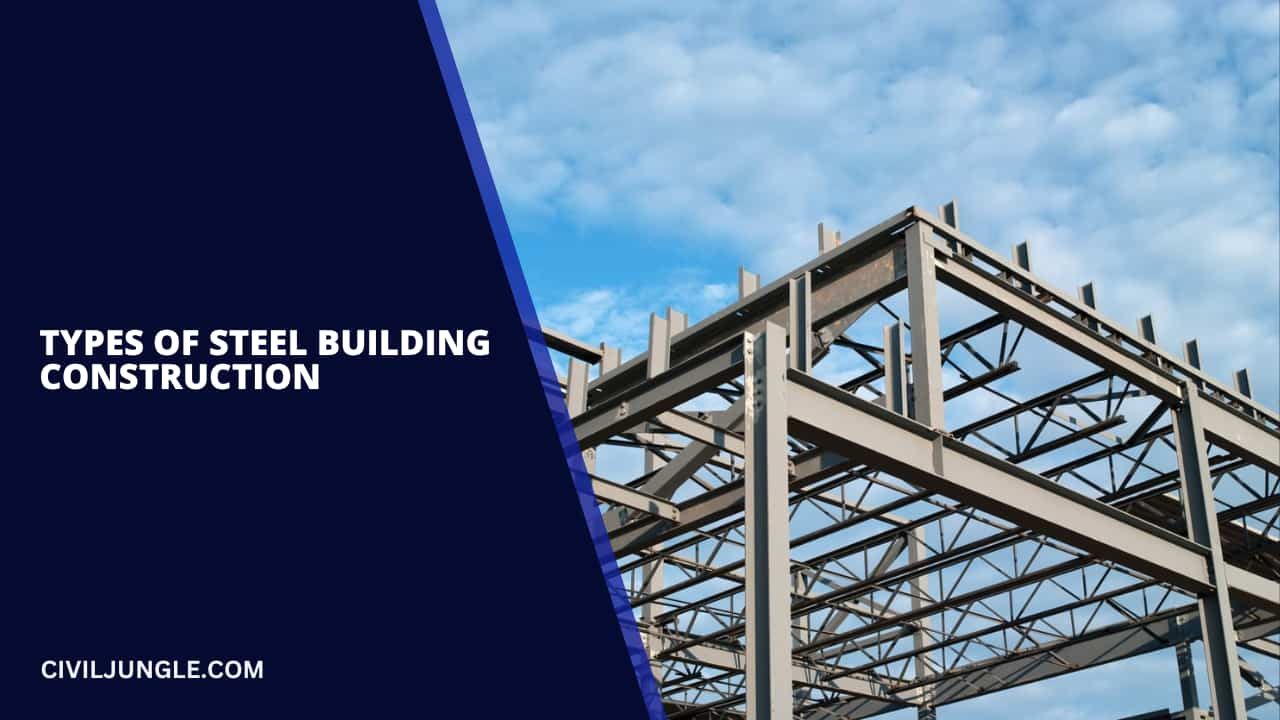
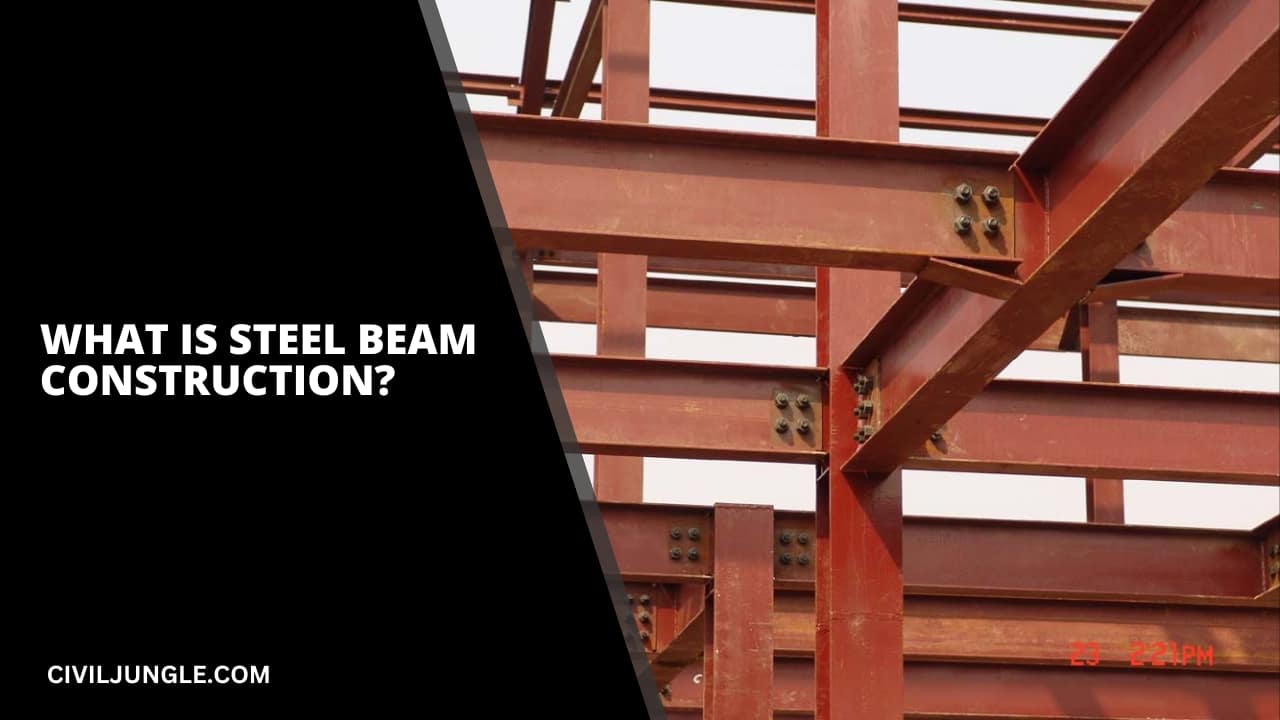
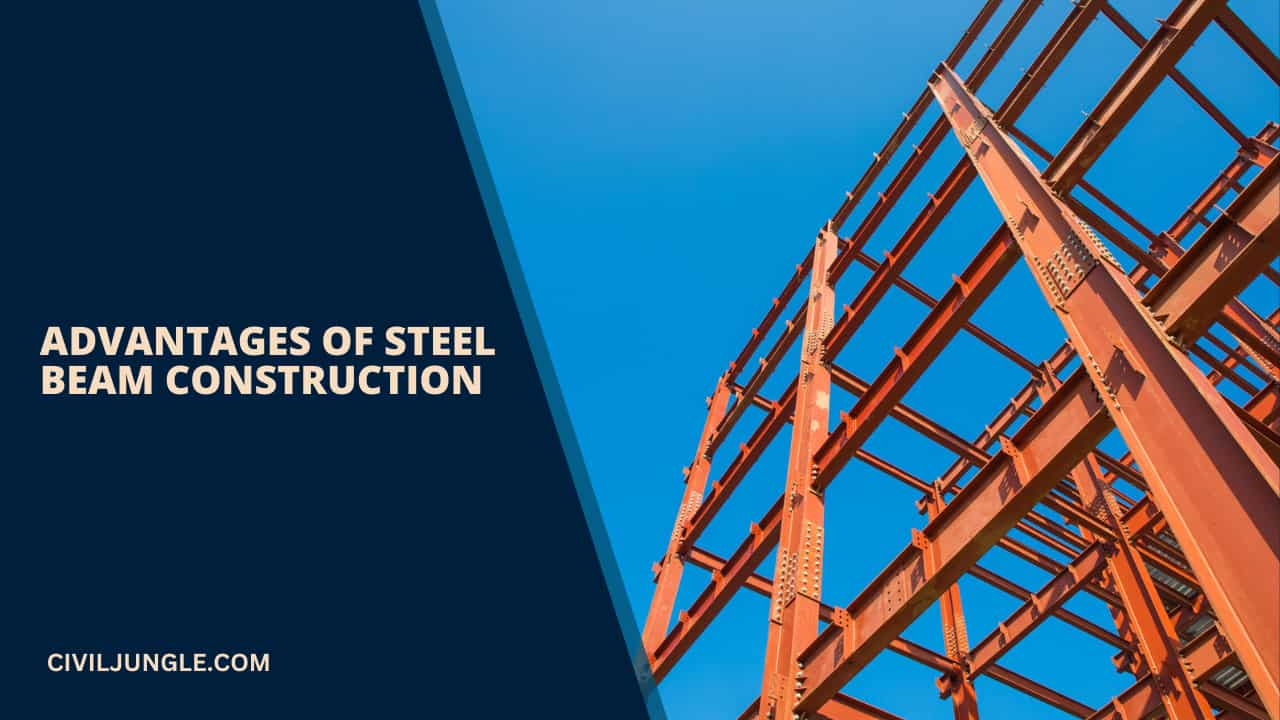
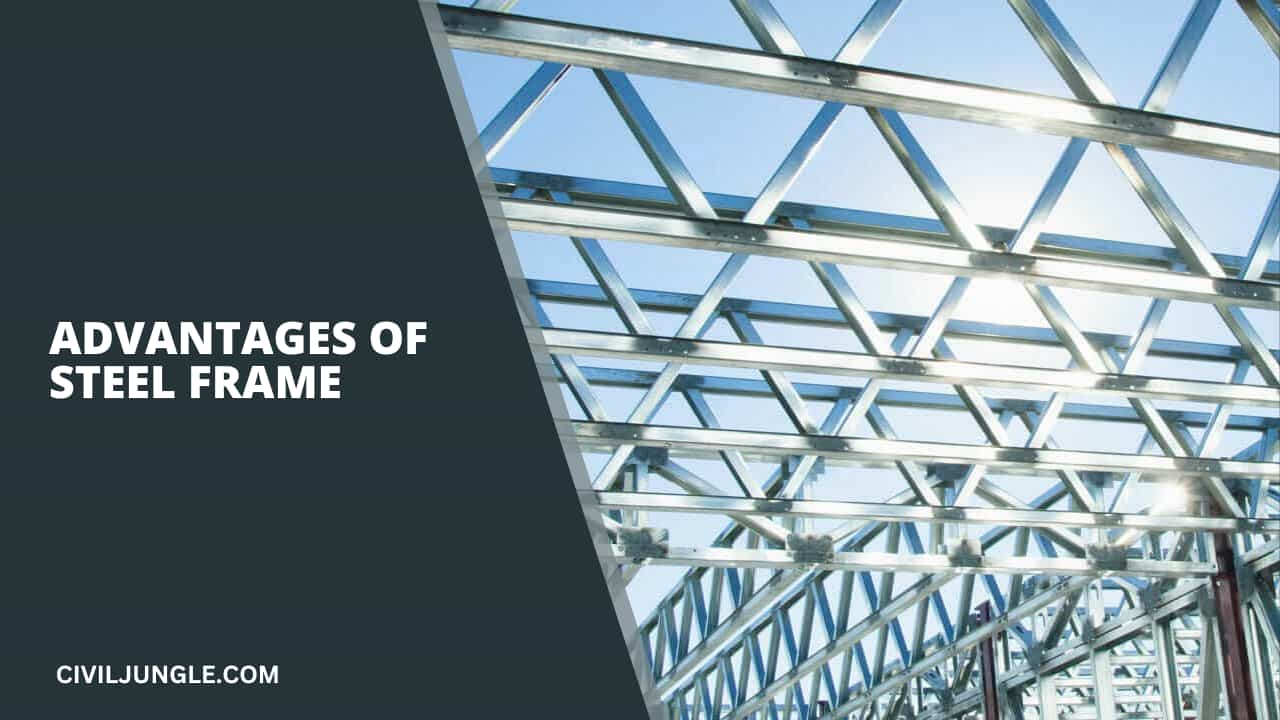
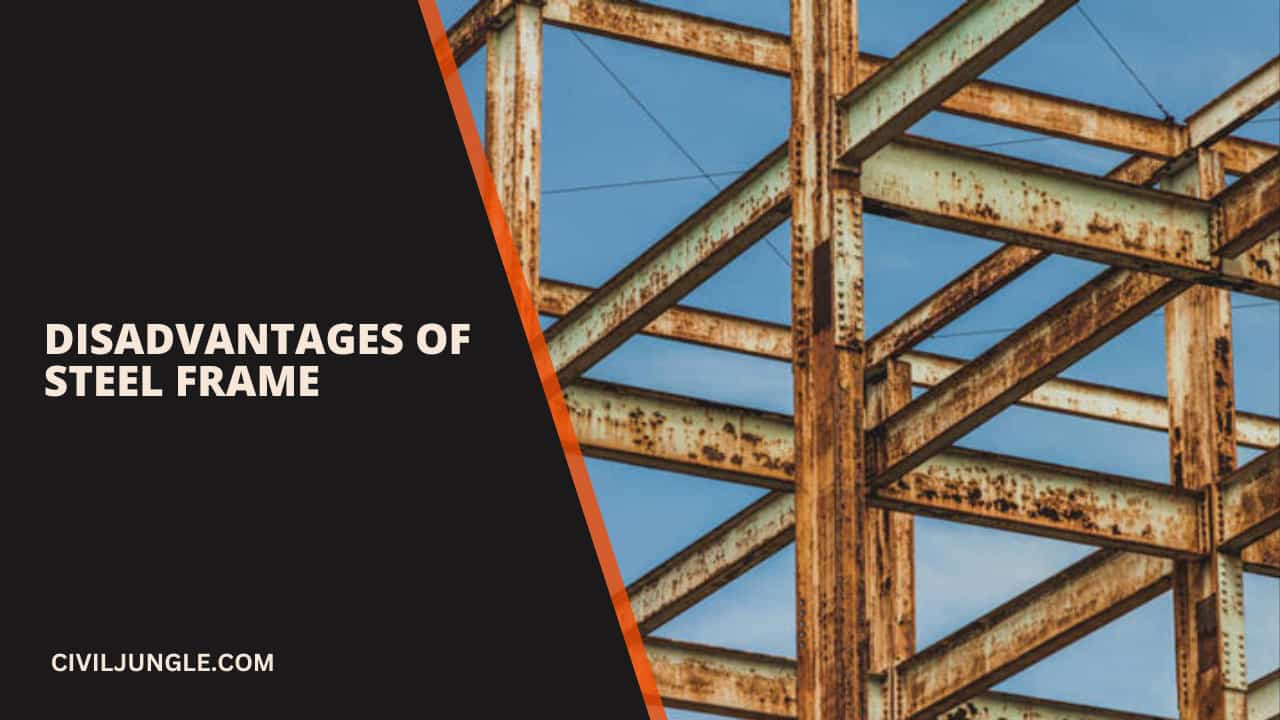

impressicve blog, well explained, thanks for sharing
Thanks